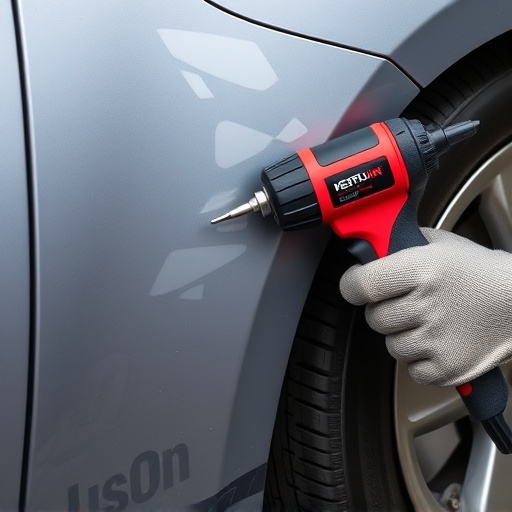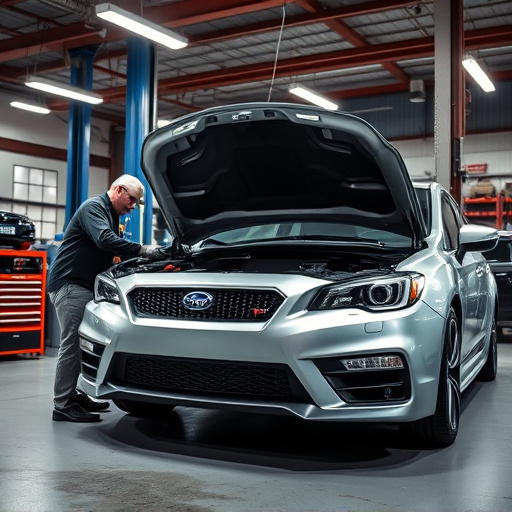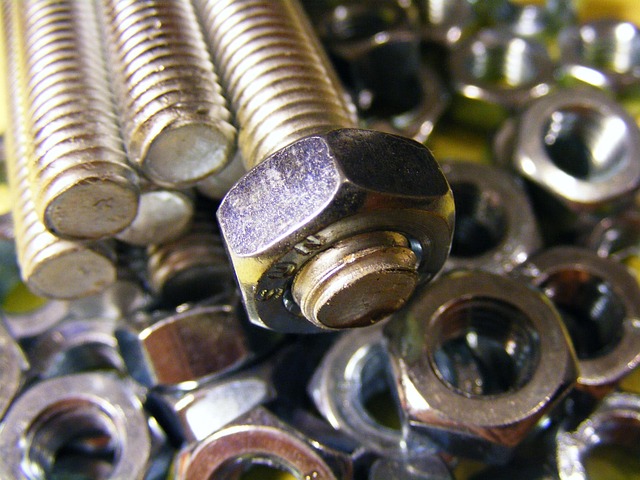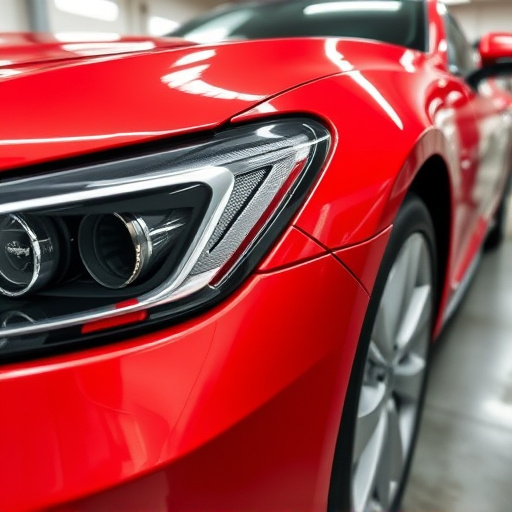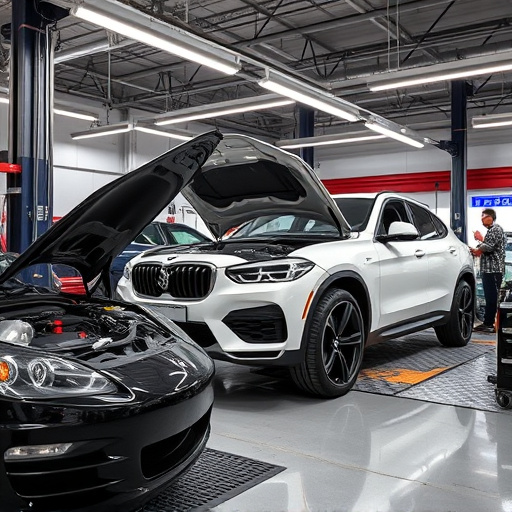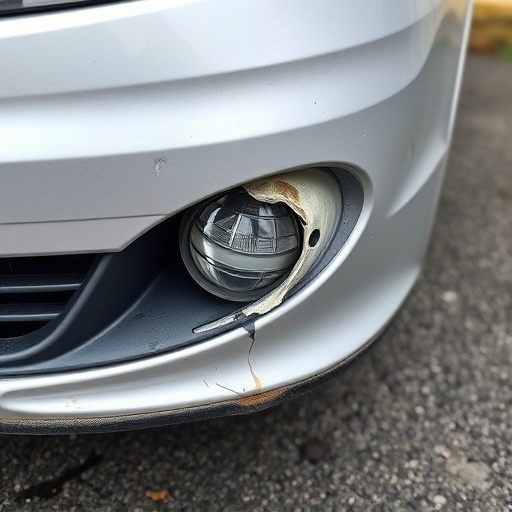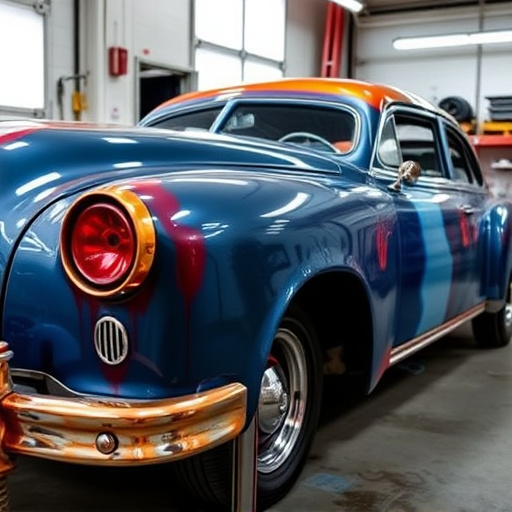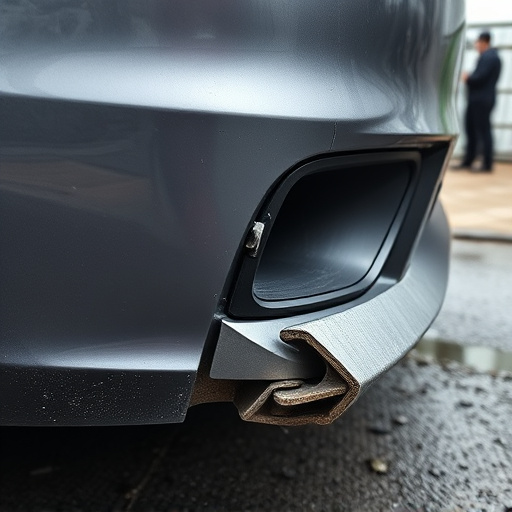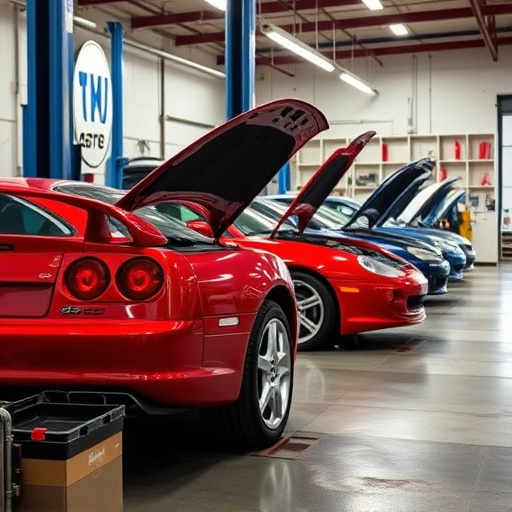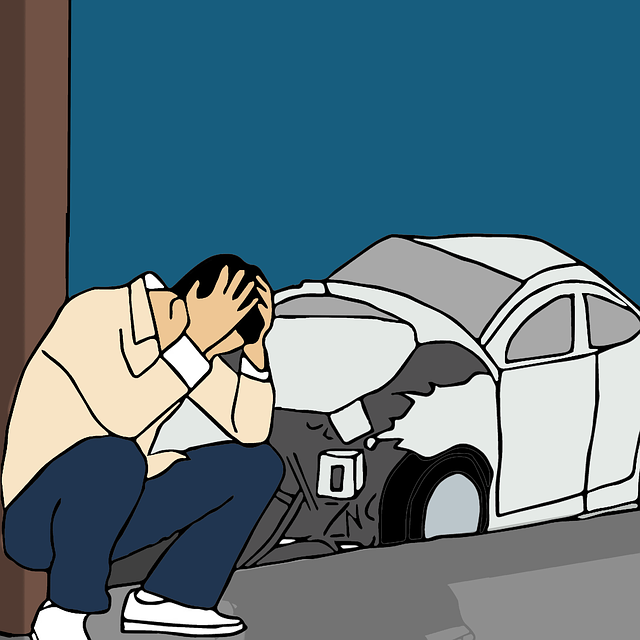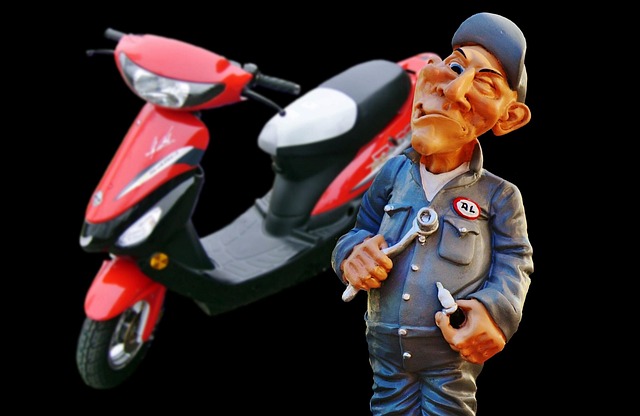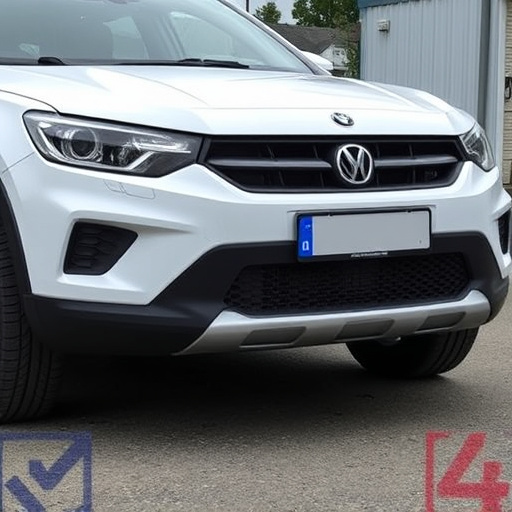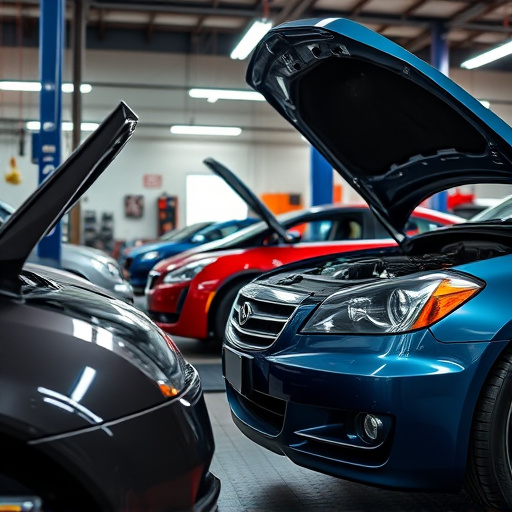UV light curing transforms automotive refinishing by dramatically reducing repair times and enhancing finish quality. Its photochemical properties initiate polymerization in paint, creating robust, chip-resistant bonds in minutes, surpassing traditional drying methods. Ideal for detailed work, UV light offers precision control and fast hardening, especially effective in fender repairs and body restoration. However, complex dents present challenges requiring specialized equipment and training, while initial setup costs can be higher.
UV light is transforming the world of automotive refinishing, offering a swift and efficient curing solution. This innovative technology has become an indispensable tool for achieving high-quality finishes in car repairs and restoration projects. By directing concentrated UV rays at paint or coating, UV light significantly speeds up the drying process, reducing job times and enhancing productivity. Explore how this modern technique benefits the industry while also addressing potential challenges in automotive refinishing.
- Understanding UV Light's Role in Automotive Refinishing
- Curing Process: How UV Light Speeds Up Drying
- Advantages and Challenges of UV Curing in Car Repairs
Understanding UV Light's Role in Automotive Refinishing
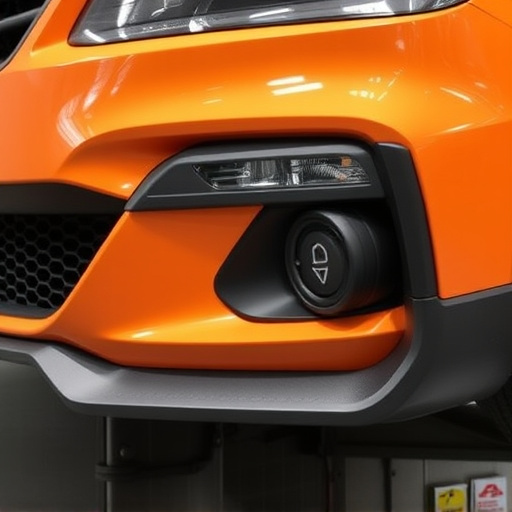
In the realm of automotive refinishing, UV light plays a pivotal role in curing and hardening vehicle paint repair. When applied correctly, ultraviolet radiation speeds up the chemical reaction that transforms liquid paint into a durable, glossy finish. This process, known as photochemical curing, is highly efficient and significantly reduces the time required for auto body services compared to traditional drying methods.
The mechanism behind UV light’s effectiveness lies in its ability to initiate free radical polymerization within the paint’s composition. Upon exposure to UV radiation, specific molecules in the paint absorb energy from the light, triggering a chain reaction that leads to cross-linking between resin and pigment particles. This cross-linking fortifies the paint’s bond with the vehicle’s surface, ensuring a long-lasting, chip-resistant finish. For autobody repairs, this not only expedites the repair process but also enhances the overall quality of the final restoration.
Curing Process: How UV Light Speeds Up Drying
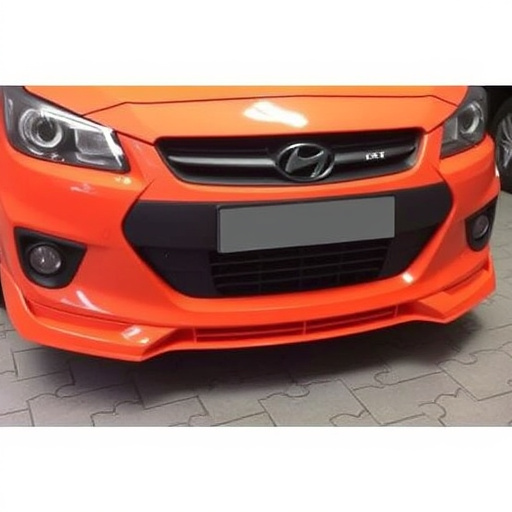
In automotive refinishing, the curing process is a critical step that ensures a durable and high-quality finish. UV (ultraviolet) light plays a pivotal role in speeding up this drying and hardening phase. When applied to protective coatings, such as paint or clear coats, UV light initiates chemical reactions within the material’s composition. This leads to rapid cross-linking of polymer chains, resulting in a robust and resilient surface.
Compared to traditional drying methods, UV light significantly reduces curing times, often by minutes rather than hours. It also offers precise control over the curing process, allowing for faster turnaround times without compromising quality. Moreover, its ability to penetrate thin layers effectively makes it ideal for detailed work, like repairing hail damage or removing dents, as part of vehicle repair services, ensuring a seamless and professional finish across the entire automotive refinishing project.
Advantages and Challenges of UV Curing in Car Repairs
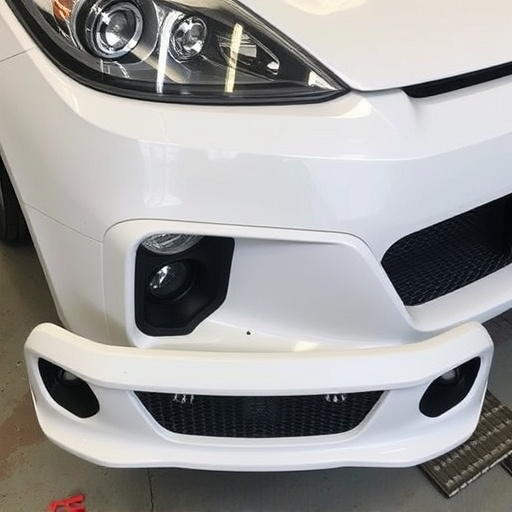
UV light curing offers several advantages for automotive refinishing processes, particularly in fender repair and car body restoration. It facilitates faster drying times compared to traditional painting methods, reducing the overall duration of repairs. This is especially beneficial for busy auto shops, as it allows them to turn around vehicles more quickly. UV technology also provides enhanced durability and longevity for the finished coatings, making it a preferred choice for achieving a high-quality, long-lasting automotive refinish.
Despite these benefits, there are challenges associated with UV curing in car repairs, especially when dealing with complex dent repair scenarios. The process requires precise control over UV exposure to avoid damaging the paint or underlying materials. In deep dents or hard-to-reach areas, ensuring even exposure can be difficult, potentially leading to cure failures or uneven finishes. Additionally, specialized equipment and training are necessary to employ UV curing effectively, increasing initial setup costs for automotive repair facilities.
UV light has emerged as a game-changer in the world of automotive refinishing, revolutionizing the traditional curing process. By speeding up drying times, this technology ensures efficient and high-quality car repair outcomes. While UV curing offers numerous advantages, such as reduced drying times and improved productivity, it also presents challenges like the need for specialized equipment and protective measures. Mastering UV light application in automotive refinishing requires a delicate balance between these benefits and drawbacks, ultimately contributing to a smoother, more effective restoration process.
